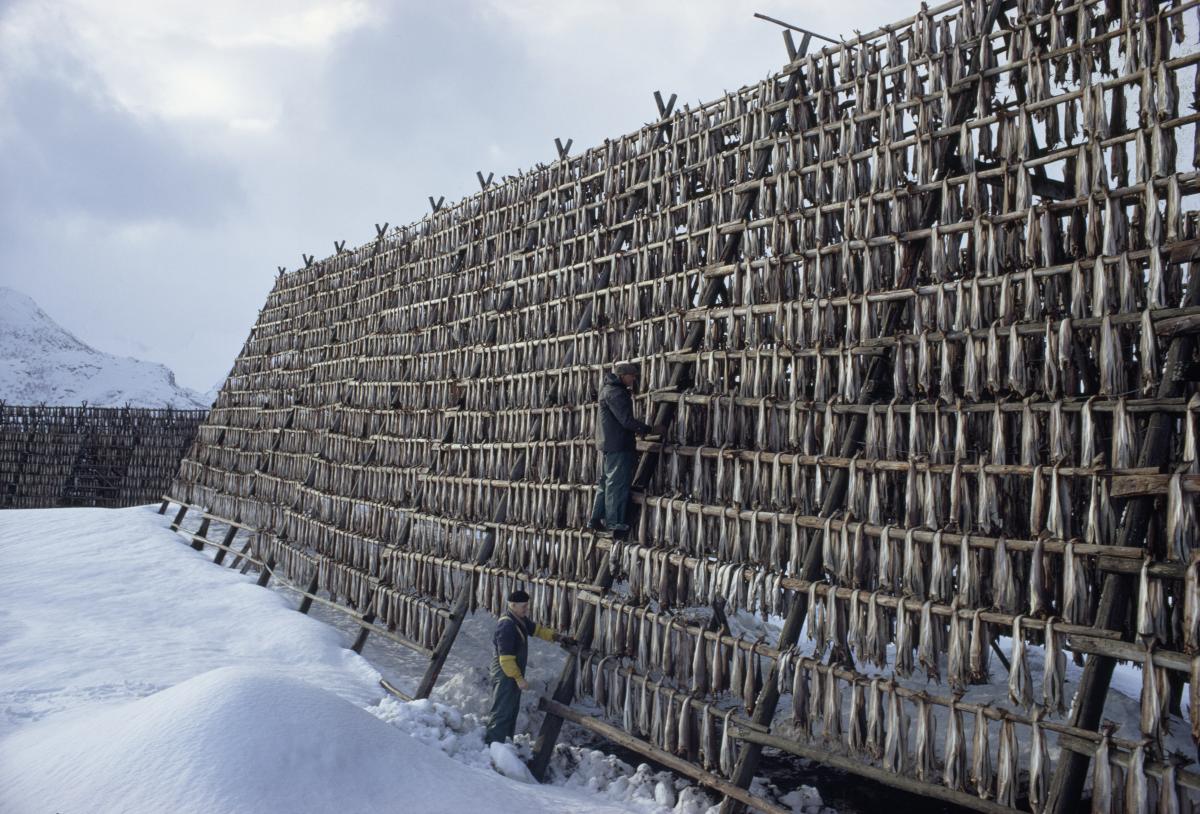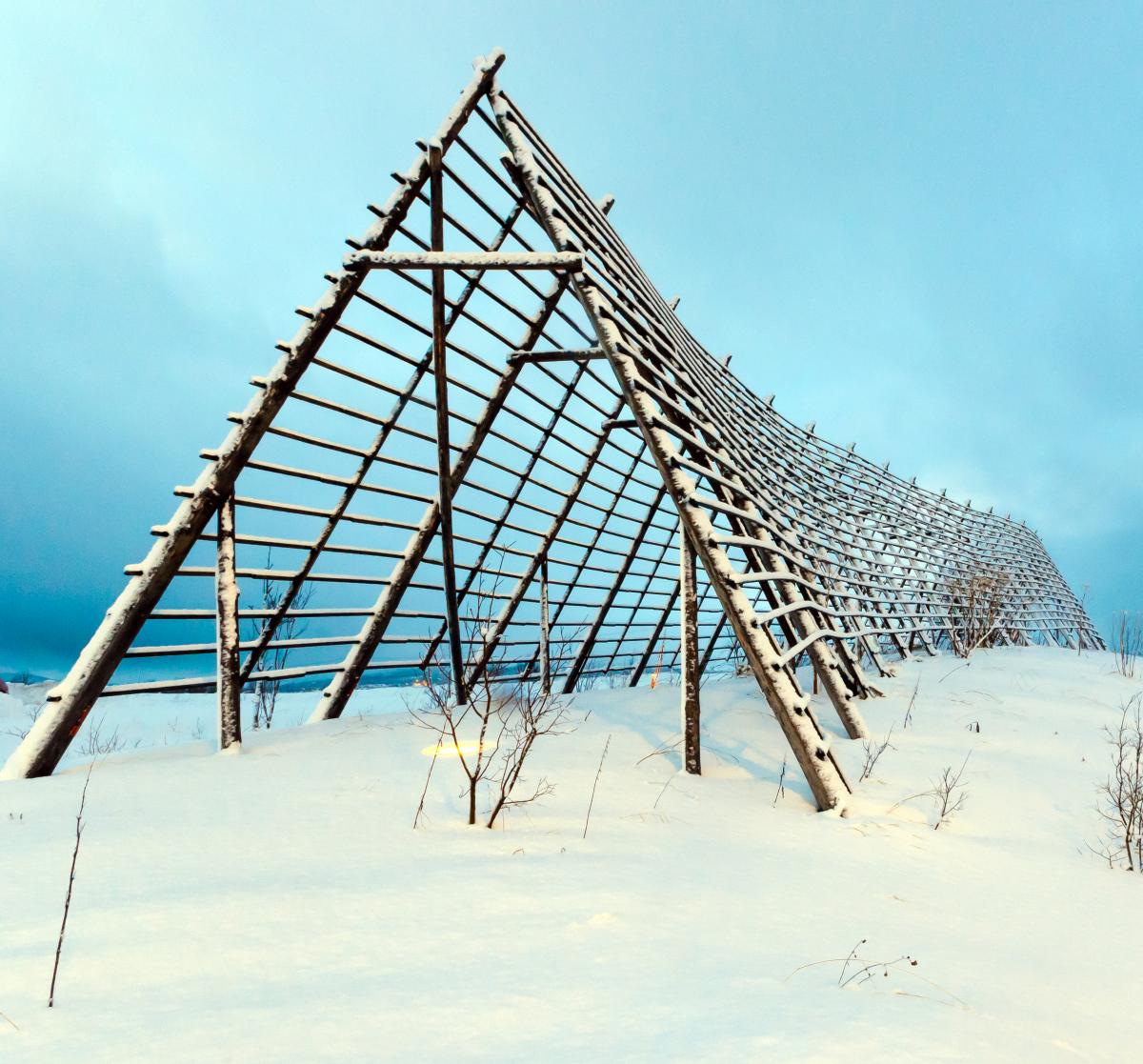Editorial
If necessity is the mother of invention, extreme environments must be hotbeds of innovation.
There are fertile lands in warm climates that have just enough sunshine and rainfall to create ideal conditions for human life. But as populations grow and competition for resources increases, communities press outward into less-ideal areas, braving extremes of heat and cold, sunlight and darkness, striking out into the farthest, most isolated places they can reach.

The Lofoten Islands in northern Norway have been an important place for cod fisheries for over 1,000 years. During the winter the cod migrate south from the Barents Sea and gather in Lofoten to spawn. The fish are caught, split and hung outdoors to dry on a gigantic wooden rack called a hjell. Three months later, when the wind and sun have removed 80% of their water, the cod have become stockfish, a lightweight, non-perishable commodity destined for the south of Europe to be used in dishes like bacalhau, popular in the Catholic part of Europe where Lent was observed more strictly and dried fish provided much-needed protein. Towards the end of April, an area of 400,000m² (4,300,000sq ft) of Lofoten is covered in stockfish, a major Norwegian export. (Photo: George F. Mobley/National Geographic/Getty Images))
Humans are essentially warm-climate animals with bodies ill-equipped to deal with cold, darkness, severe weather or lack of oxygen. Capable of only limited physical adaptation, they must instead devise clothing, shelter and tools that allow them to survive in hostile climates. By combining their inherent creativity and accumulated knowledge, they can remain essentially tropical animals as they colonise colder regions.
You seem to enjoy a good story
Sign up to our infrequent mailing to get more stories directly to your mailbox.WTW went to Tromsø, Norway to study how people adapt to the Arctic climate. In collaboration with NODA (the North Norwegian Design and Architectural Centre) we organised our first on-location content scouting, speaking to locals about the unique ways they have learned to live and work in the far north.

(Photo: Valeri Belov)
There are, of course, many other kinds of extreme environments, and so we expanded our research to include war zones, deserts, non-residential buildings and even outer space, looking for the innovations that make life possible even in those places. But as fascinating as it was to explore tools and architectural particularities, ultimately the real reward was in the human stories we encountered, stories of how overcoming hardship creates tight communities and awakens the potential in each of us.
